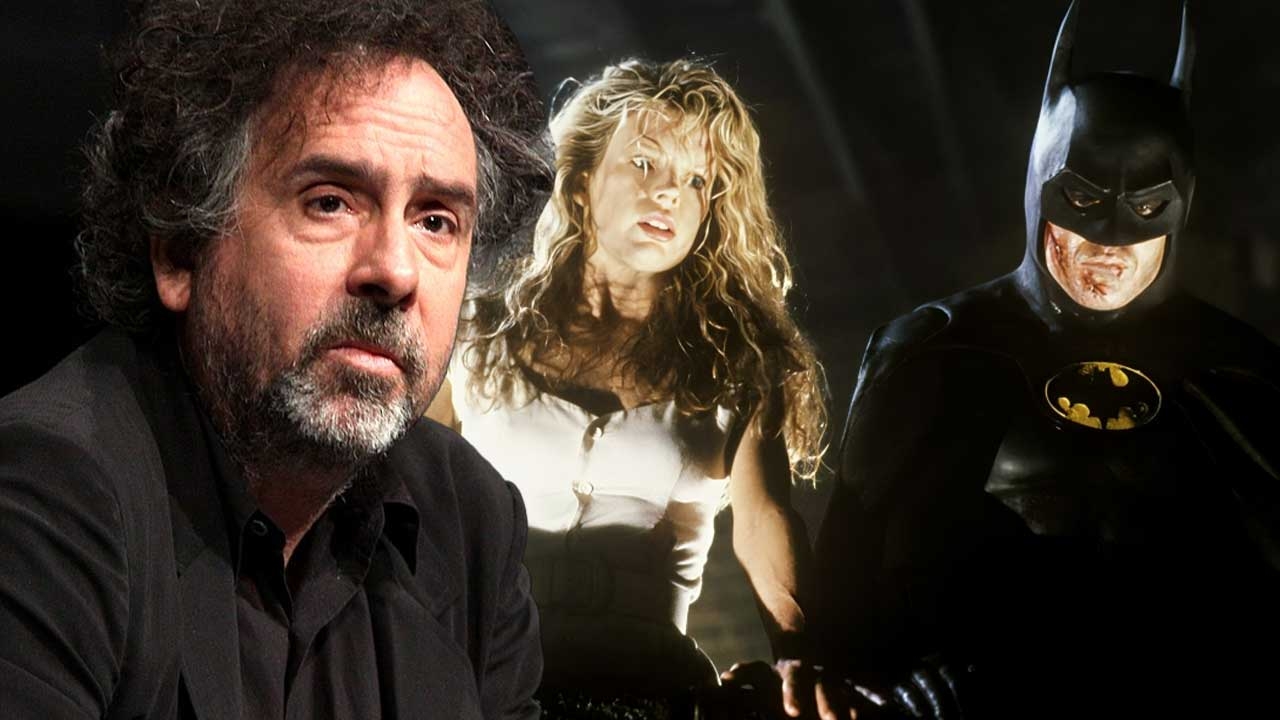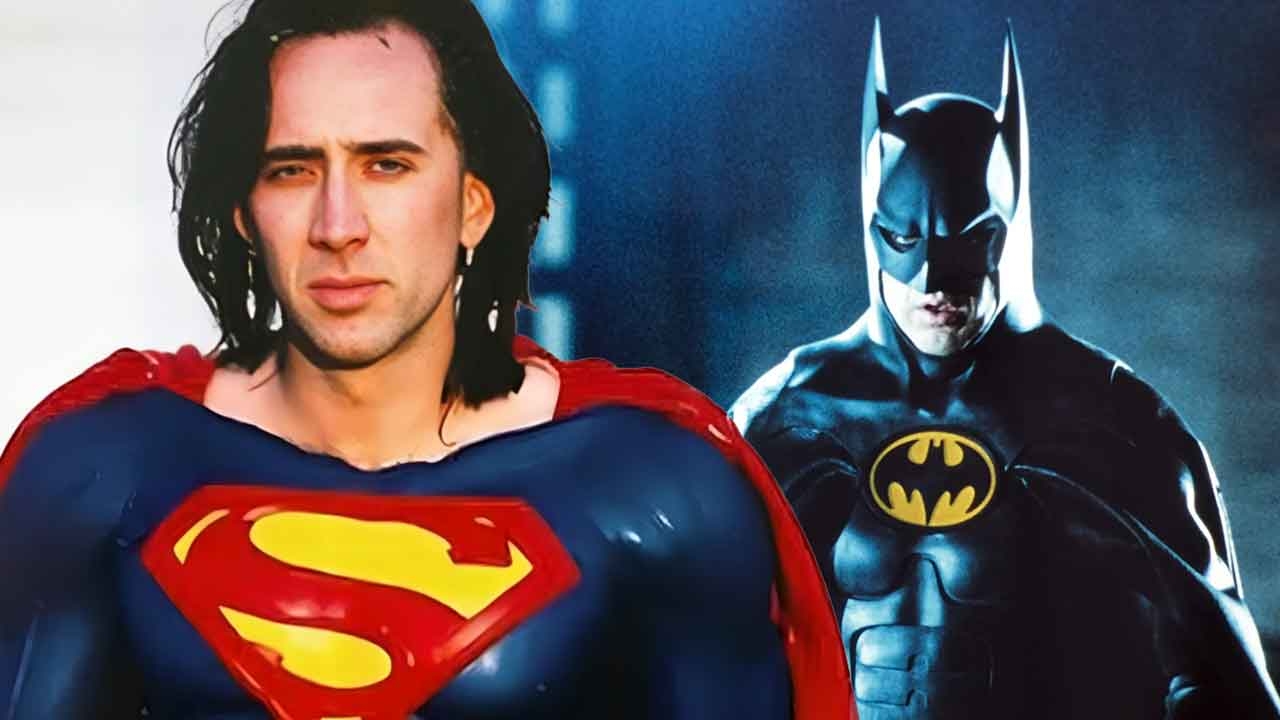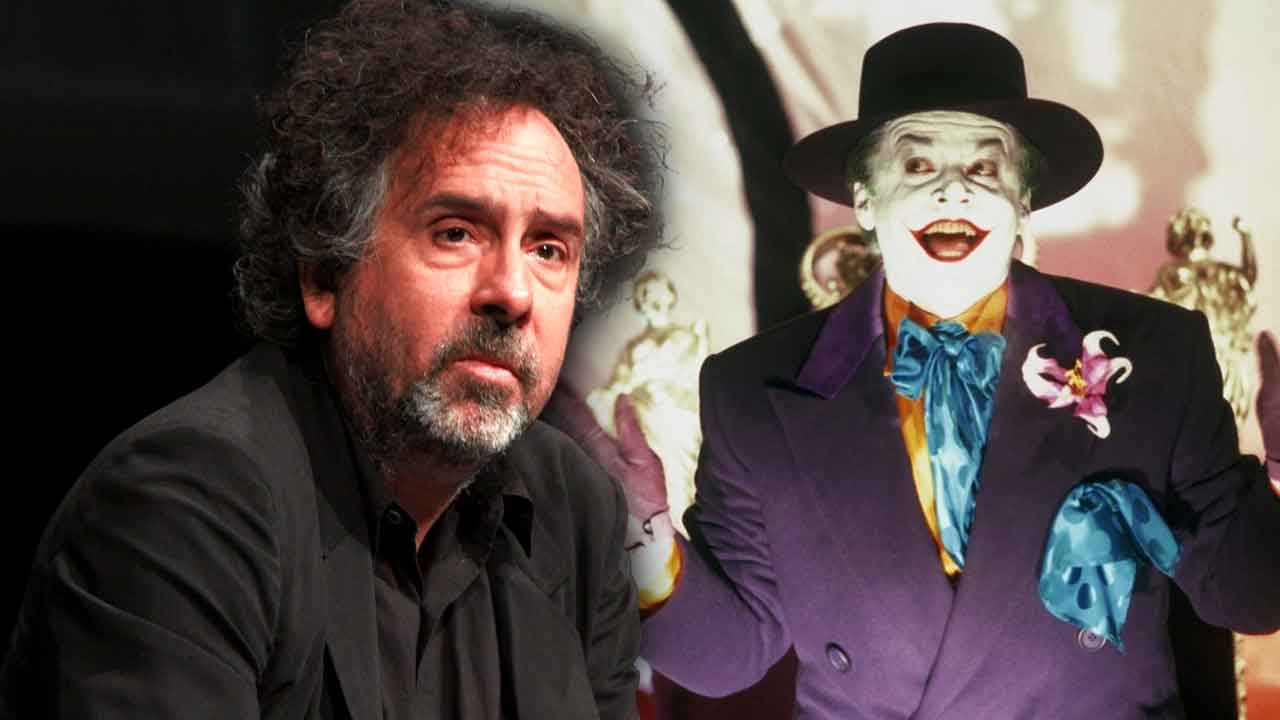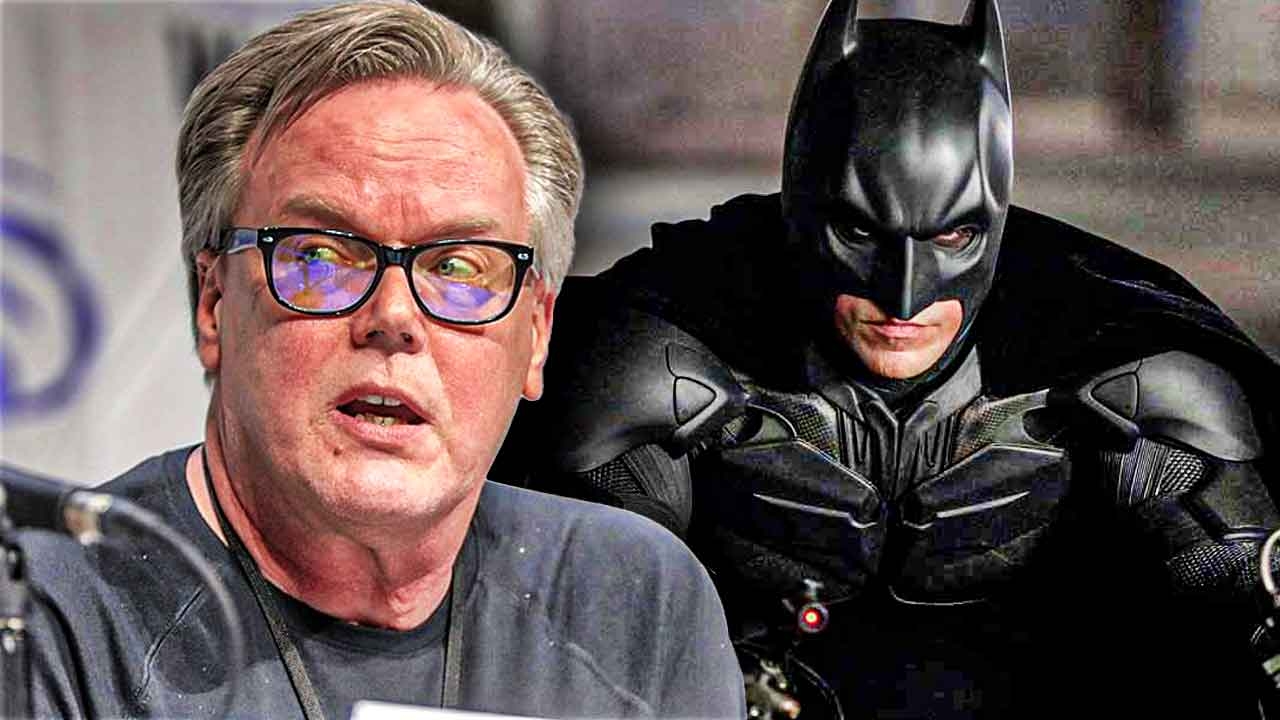“It’s about a person who’s completely f—ked”: Tim Burton’s Interpretation of Batman Changes the Way DC’s Greatest Superhero Actually is in Public Perception
When it comes to superheroes, Batman is considered the most intimidating character of all time. The Dark Knight has been a figure of justice and vigilance since his first appearance, with his intense personality and strong principles. But underneath that cowl lies a man with a complicated history that director Tim Burton showed in a way that changed the perception of DC’s greatest superhero.
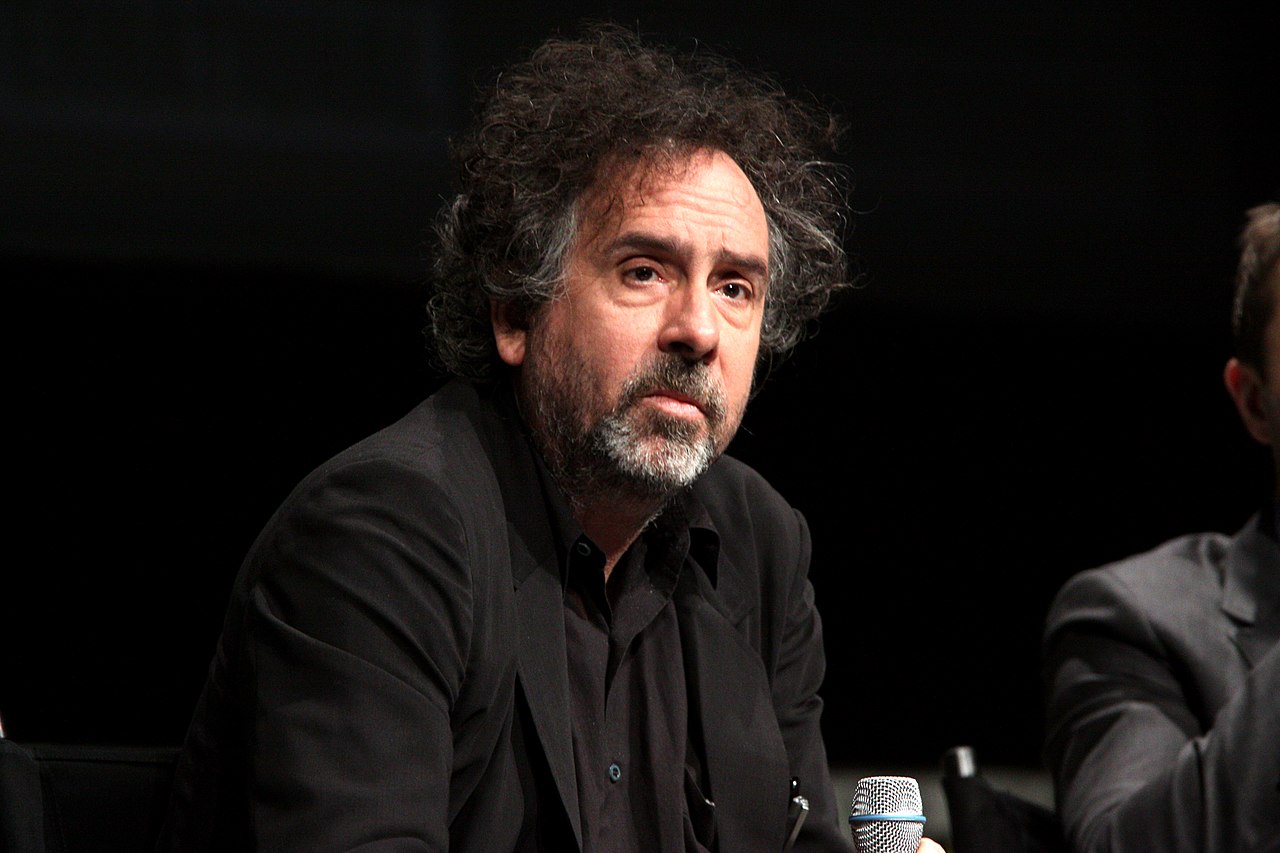
When developing the Batman series, Burton wanted to create a more serious superhero than the lighthearted one that was portrayed in the previous adaptations. Burton’s approach was dark and psychologically deep. In the films Batman (1989) and its sequel, Batman Returns (1992), Burton focused on the inner conflict between Bruce Wayne and Batman and the past of the masked vigilante.
Tim Burton’s Portrayal of Batman Changed the Future of Batman Movies
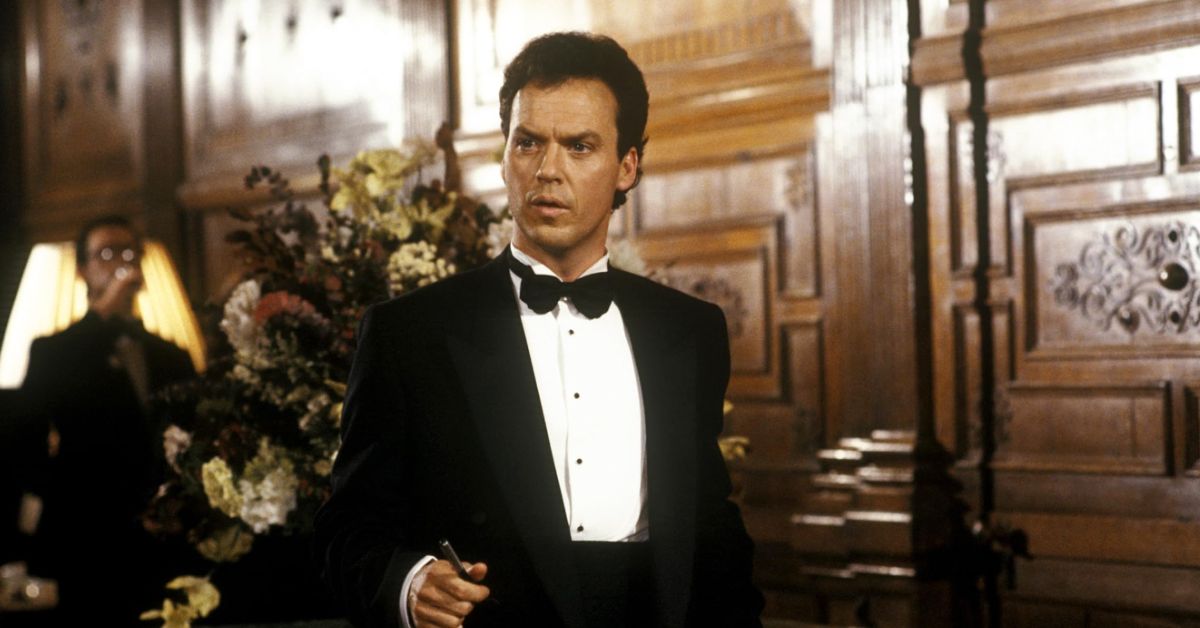
Choosing Michael Keaton as the hero was a genius choice. He gave an intense, thoughtful interpretation of Batman, which was very close to Burton’s vision of the character. Keaton’s performance was different from Adam West’s interpretation of the 1960s TV series, and that might be the reason why future adaptations considered the character’s darker shades.
This unapologetic, realistic style appealed to the viewers and made them love Burton’s psychological study of Batman. The director focused on the character’s tortured psyche in a way that earlier adaptations did not. It brought a level of artistic vision to the superhero genre and made it more relatable to adults as well.
In a 1991 interview, Tim Burton revealed his ideas of what a superhero film might be. Talking about Batman, he believed that he was not someone who is a typical superhero who would appear and solve everything and save the day. He believed that Batman/Bruce Wayne was a man with severe issues. Burton said (via Grantland),
If you asked me the plot of Batman, I couldn’t tell you. It’s about duality, it’s about flip-sides, it’s about a person who’s completely f*cked and doesn’t know what he’s doing. He’s got good impulses, but he’s not integrated. And it’s about depression.
Comparing Batman with the Joker, Burton believed that they both had almost similar backstories and characters. Their psyche is shaped by trauma. However, it’s the choices they make that make the difference. The Joker is impulsive and does whatever he wants after he gets sick of the duality of society. Batman, on the other hand, dwells in between his duality. He knows the dark side of society, but he has not given up yet on his people.
Although Burton’s Batman pictures caused some discussion when they premiered, one cannot underestimate their impact on the superhero genre. His approach to the story not only opened up the possibilities for darker and more realistic interpretations but also changed the public’s image of the Caped Crusader. Batman is neither a traditional hero nor a villain. He is an antihero, a flawed character who makes mistakes while trying to do the right thing that he personally believes in.
How Is Batman Different From Other Superheroes?
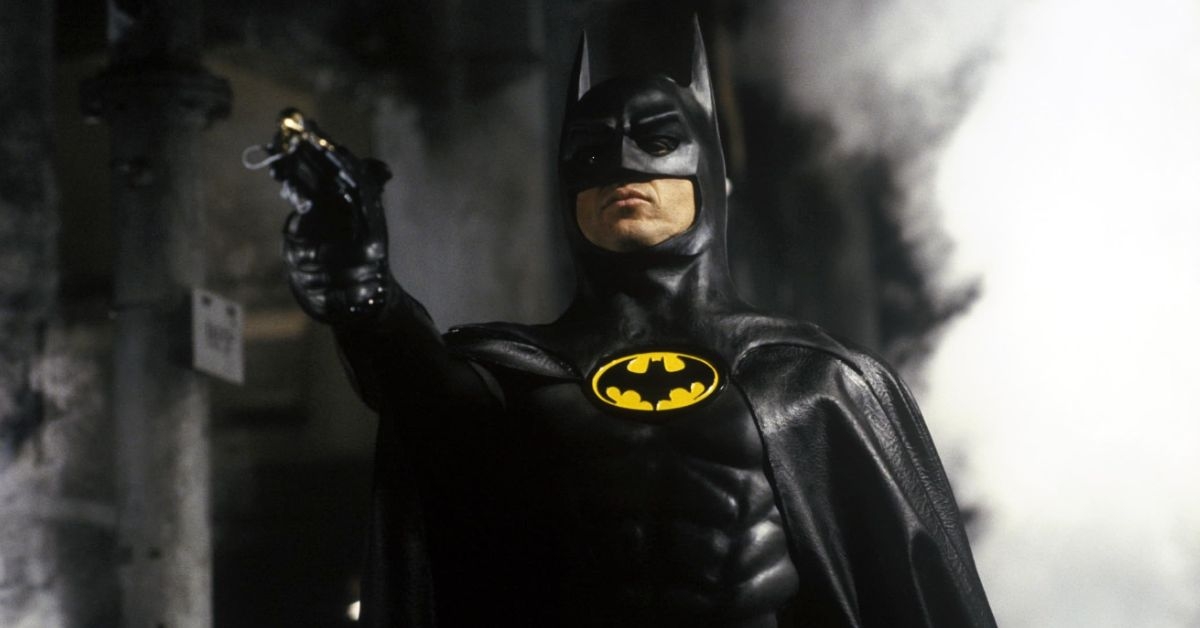
Tim Burton’s Batman is a prime example of an antihero who operates in the gray area of morality. While a typical superhero is motivated by the principles of justice for all, Batman is motivated to prevent his personal tragedy from being repeated by others.
This small personal desire for revenge, combined with his refusal to kill, makes Batman an interesting contradiction. It separates him from all other superheroes. He is a superhero motivated by a mission of justice, but he refuses to use the last extremity of force. This paradox makes him an interesting character.
Unlike other superheroes, he is a human being made of flesh and blood who fights crime with his brains, muscles, and technology, in the absence of superpowers. This vulnerability makes him relatable in a way that many superheroes cannot.
Moreover, instead of being fearless like most heroes, Batman faces his fears and puts on the costume of a bat that scared him as a child. This acceptance of darkness as a part of himself and using it as a strength is a brilliant symbol that connects with the viewers and motivates them to face their inner fears.
Tim Burton’s take on the Dark Knight did more than just carry the franchise for a newer generation. It changed the essence of Batman. While exploring the concept of an anti-hero, Burton was able to present a more complex version of the Bat than ever seen before.

